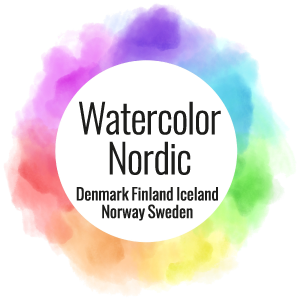The roots of Danish watercolour travel far back––all the way to Middle Age church wall paintings. The first major flourishing of watercolours is known as the Danish Golden Age, ie. the period from 1800 to approximately 1864. There was a great interest in nature and the depiction of everyday life. However, watercolour is still mostly considered as
The roots of Danish watercolour travel far back, all the way to Middle Age church wall paintings. The first major flourishing of watercolours is known as the Danish Golden Age, ie. the period from 1800 to approximately 1864. There was a great interest in nature and the depiction of everyday life. However, watercolour is still mostly considered as a tool for the sketching process of oil paintings. Christoffer Wilhelm Eckersberg is the grand old man in what is called The Golden Age in Denmark.
He Started at The Royal Danish Academy of Fine Arts in 1803 and studied after that with Jacques-Louis David in Paris. He became professor at the Academy in Copenhagen in 1818 and later director at the academy. He was notoriously famous for his boring classes in the geometry of shadows. But he was excellent at drawing the figure. Many of the well-known painters from the period, such as Martinus Rørbye have left behind many fine sketches works. Rørbye was born in Norway, which was part of Denmark at the time, but when Norway became independent in 1814 his family moved to Copenhagen. He started at The Royal Danich Academy of Fine arts in 1819. Rørbye was one of the first painters to paint in the clear light in Skagen. Martinus Rørbye´s finest watercolors were made on a journey he and his friend Thorvald Bindesbøll went on to Turkey and Greece. These destinations were very unusual at the time, and he is one of the first European artist who has drawn daily life in the Osmania empire.
It was however not until around 1900 that watercolour painting gained its own distinct artistic expression, around the same time as Impressionism made its way into Denmark. Prominent painters of this period include Theodor Phillipsen, who inspired the Skagen Painters artist group including P.S. Krøyer and Anna and Michael Ancher. Theodor Philipsen went to the Danish Academy of fine arts in the 1860´s. He was very interested in painting and drawing animals, but he was also interested in landscapes and became one of the prominent members of the new movement interested in plain-air-painting. This interest took him to Paris where he studied at the School of Pierre Bonnard. He was a part of the group of impressionist artists in Paris, and back in Copenhagen he became friends with Paul Gaugin. Theodor Philipsen is one of the main reasons why impressionist painting inspired so many Danish artists at the time.
Johannes Larsen, worked with watercolour as an independent artistic expression. Johannes Larsen was a famous and very beloved Danish artist and a member of the group, which is known as the “Fynboerne”. Johannes Larsen lived most of his life in Kerteminde in the north of Fyn, where he and his wife, Alhede, made a friendly home and art life, where many of their colleges met and talked, painted, and inspired each other. Among those were later famous painters like Fritz and Anna Syberg, Peter Hansen, and Sigurd Swane. Today their home in Keteminde is a museum. He has illustrated a lot of books of wildlife, beside his paintings – especially his studies of birds and landscapes are very beloved.
Anna Syberg, after finishing her artstudies, she got a job at The Royal Danish Porcelain factory. In 1894 she married Fritz Syberg and moved to Fyn. Together they became the most important Danish painters at the time, even though they were extremely poor in the beginning. They had an open home and became friends with most of the talented painters and authors at the time. She gave birth to seven children, and there are many paintings from hers and her husband’s hands showing their family life. Both in Denmark and in Italy. She is well represented at “The Museum for fynsk malerkunst” in Faaborg.
Anna and her husband Fritz Syberg changed the way watercolor was used in Denmark at the time.
Fritz Sybergis also one of the prominent members of “Fynboerne” He was, as many of his colleagues, educated at art school in Copenhagen, under the supervision of Kristian Zartmann. Fritz Syberg was born into very poor family and came under the wings of Peter Syrak Hansen (his father-in-law), that was a renowned building painter. Fritz Syberg and his friends took watercolor in Denmark to a new level, before them most watercolors were seen only as a notation technic or as studies for oil paintings. He is one of the most loved Danish artists from this period and is well represented at the lovely museum in Faaborg, “Museet for Fynsk malerkunst”.
Else Alfelt was one of the first abstract painters to use watercolours in the 1930s. Else Alfeldt was among the experimental Danish whom from the 1930`s made way for a more abstract approach of art in Denmark. She met her husband, another famous Danish artist, Carl-Henning Pedersen, in 1933, and together with friends like Egill Jacobsen, Richard Mortensen, Henry Heerup, Asger Jorn, Erik Thommesen og Sonja Ferlov – who were all fascinated with the new abstract way of painting. They developed a whole new style and painted on everything, from old wallpaper to pieces and scraps of curtains. Today a museum celebrates Else Alfelt and her husband´s art. Watercolour then led a quiet life until the designer Ole Kortzau again picked up the artform in the 1980s and created renewed interest in its possibilities for rich colours.
Today, watercolour is a common form of painting, although there are still not many who work with watercolour as their primary artistic expression.
Mai-Britt Schulz
![]()
Historie på dansk
Dansk akvarelkunst har rødder langt tilbage, ja egentlig jo helt tilbage til kalkmalerierne, men får sin første store opblomstring i det man i kalder den danske guldalder, dvs. perioden fra 1800 til ca. 1864. Der kommer en stor interesse for naturen og det at skildre det nære. Akvarel har dog stadig primært sin berettigelse som skitsemateriale, forarbejder til større oliemalerier. Mange af de store kendte malere fra perioden Rørbye, Dankvart Dreyer, Lundbye m.fl. har efterladt mange fine skitsearbejder. Vi skal dog op omkring 1900 før akvarellen får sit eget selvstændige kunstneriske udtryk. Sammen med Impressionismen gør sit indtog i Danmark, omkring år 1900 med malere som Theodor Phillipsen, der inspirerer såvel gruppen af malere på Skagen, hvoraf P.S. Krøyer og Anna og Michael Ancher er de kendteste blandt dem vi kender som Skagensmalerne, og den gruppe malere der kaldes Fynboerne med Anna og Fritz Syberg, Johannes Larsen, Peter Hansen m.fl. De arbejder alle med akvarellen som selvstændigt kunstnerisk udtryk, fornemst hos Anna Syberg. Akvarellen går dog hurtigt over til primært at være noget som hører til i arkitektkredse, med enkelte undtagelser som f.eks. Else Alfelt der allerede fra 1930erne førte akvarellen ind i den abstrakte verden. Derefter levede akvarellen lidt i det skjulte til designeren Ole Kortzau i 1980erne igen fik skabt fornyet interesse for det righoldige farvemæssige univers akvarellen tilbyder. I dag males der meget akvarel, om end det stadig ikke er mange, der arbejder med akvarel, som deres primære kunstneriske udtryk.
Mai-Britt Schulz
![]()
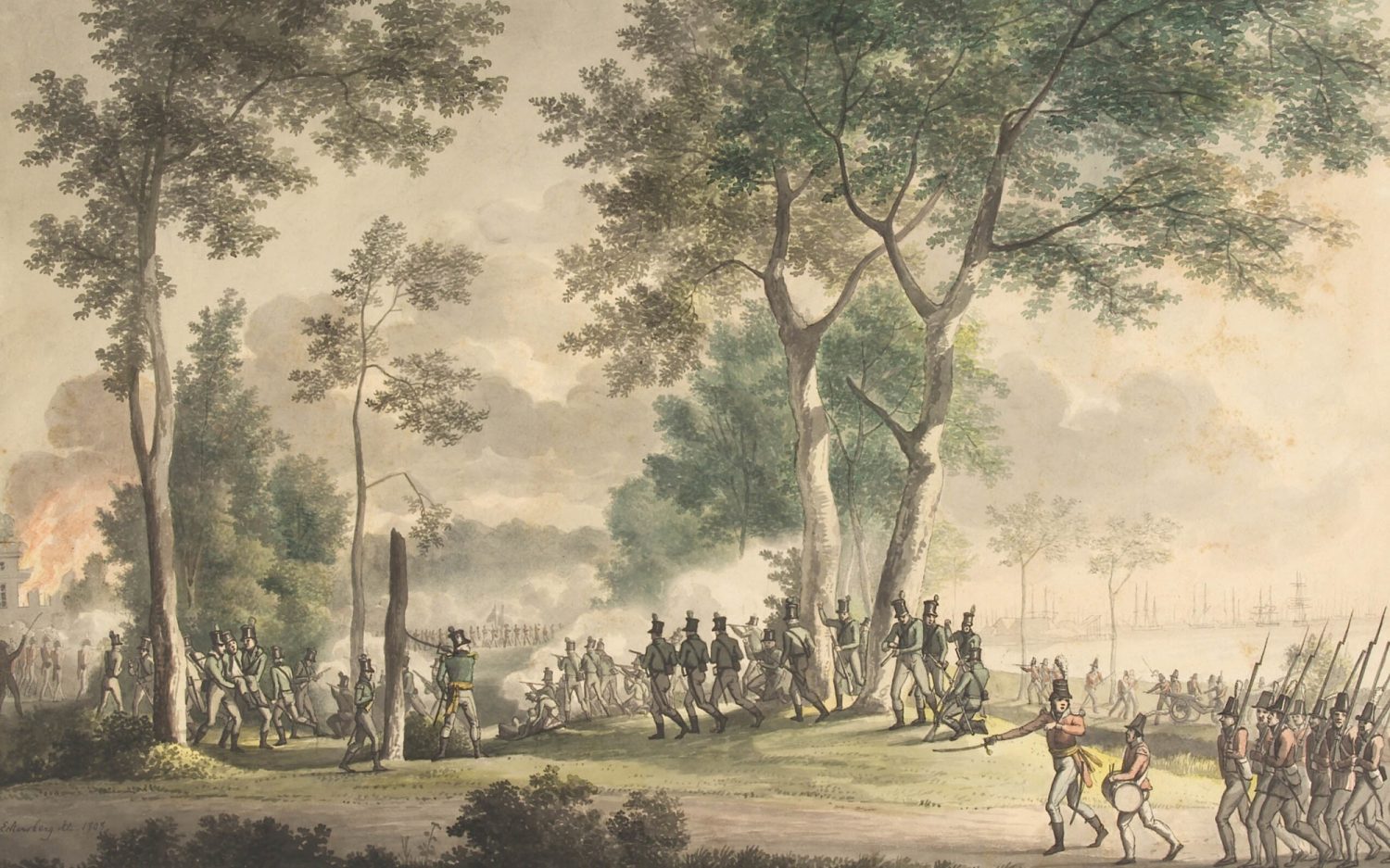
![]()
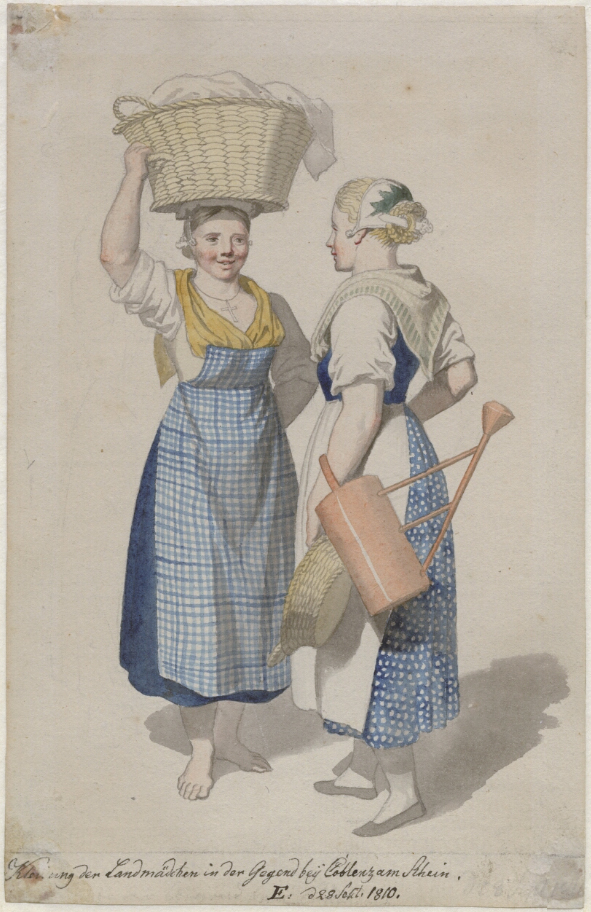
![]()
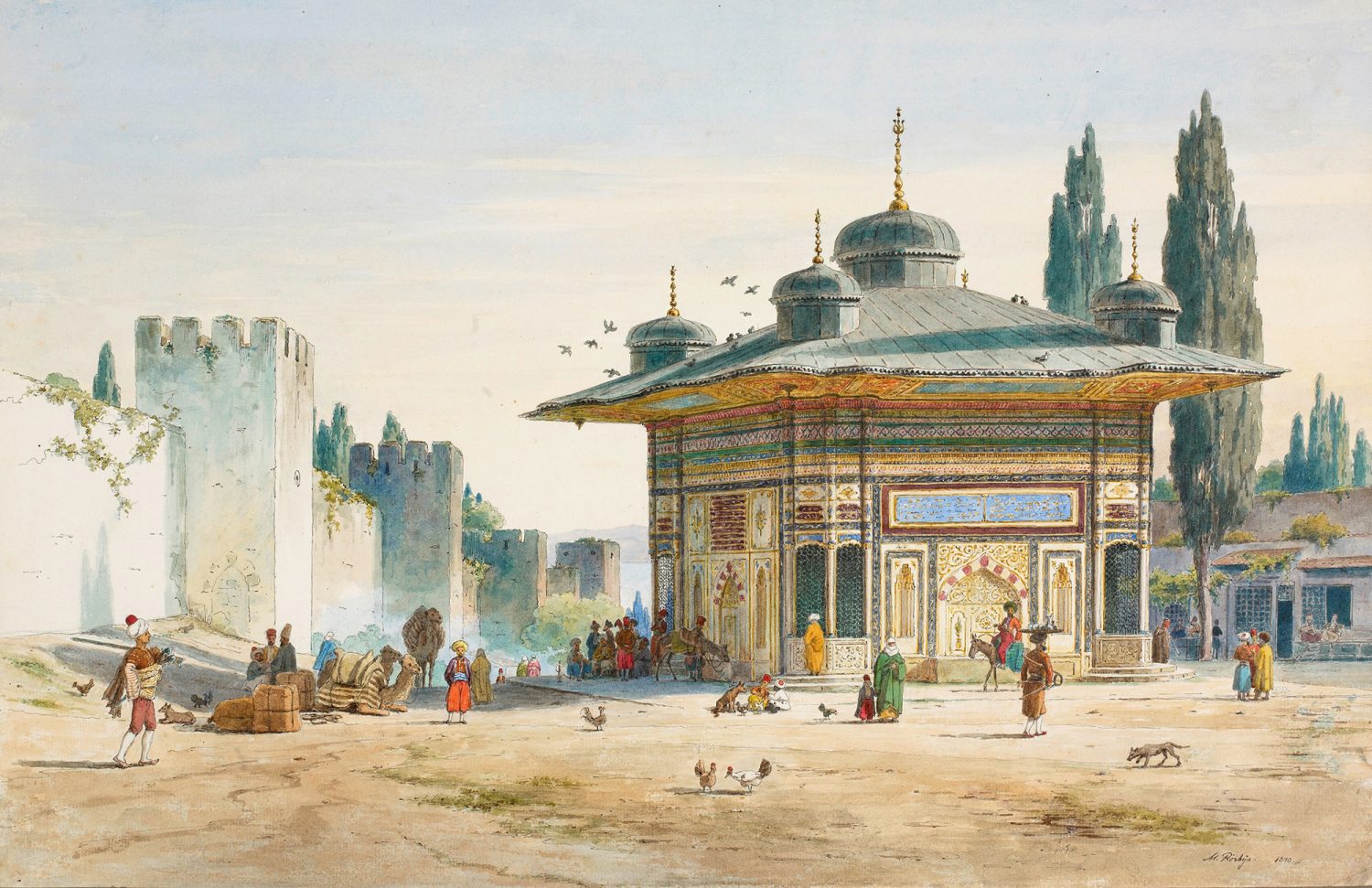
![]()
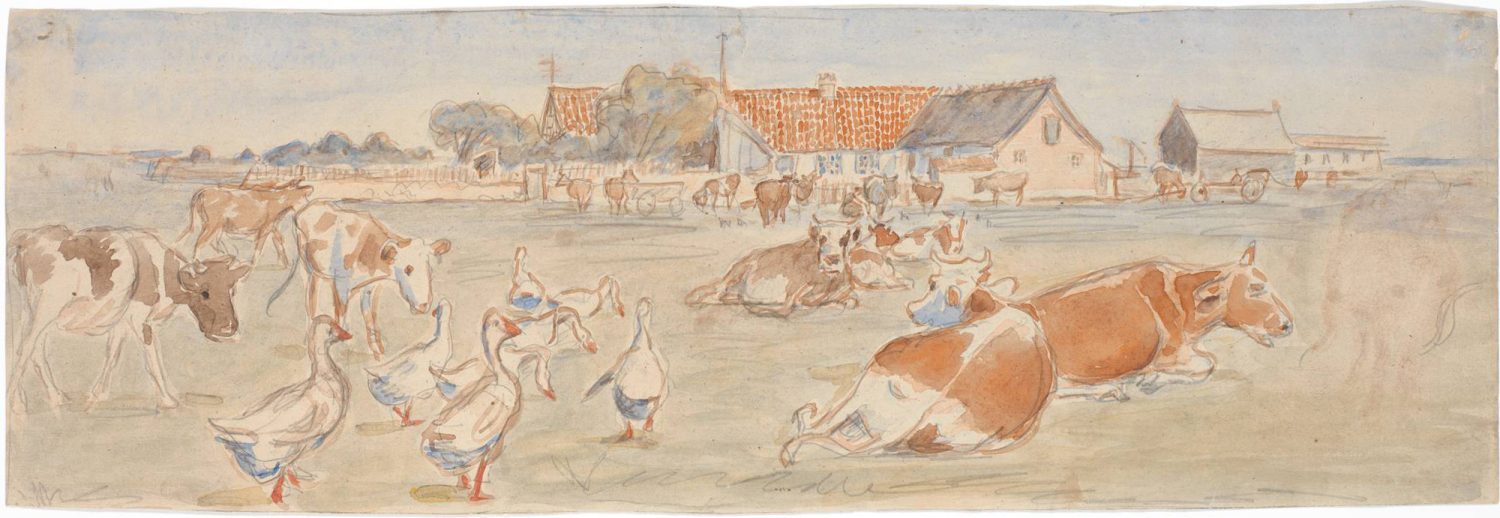
![]()
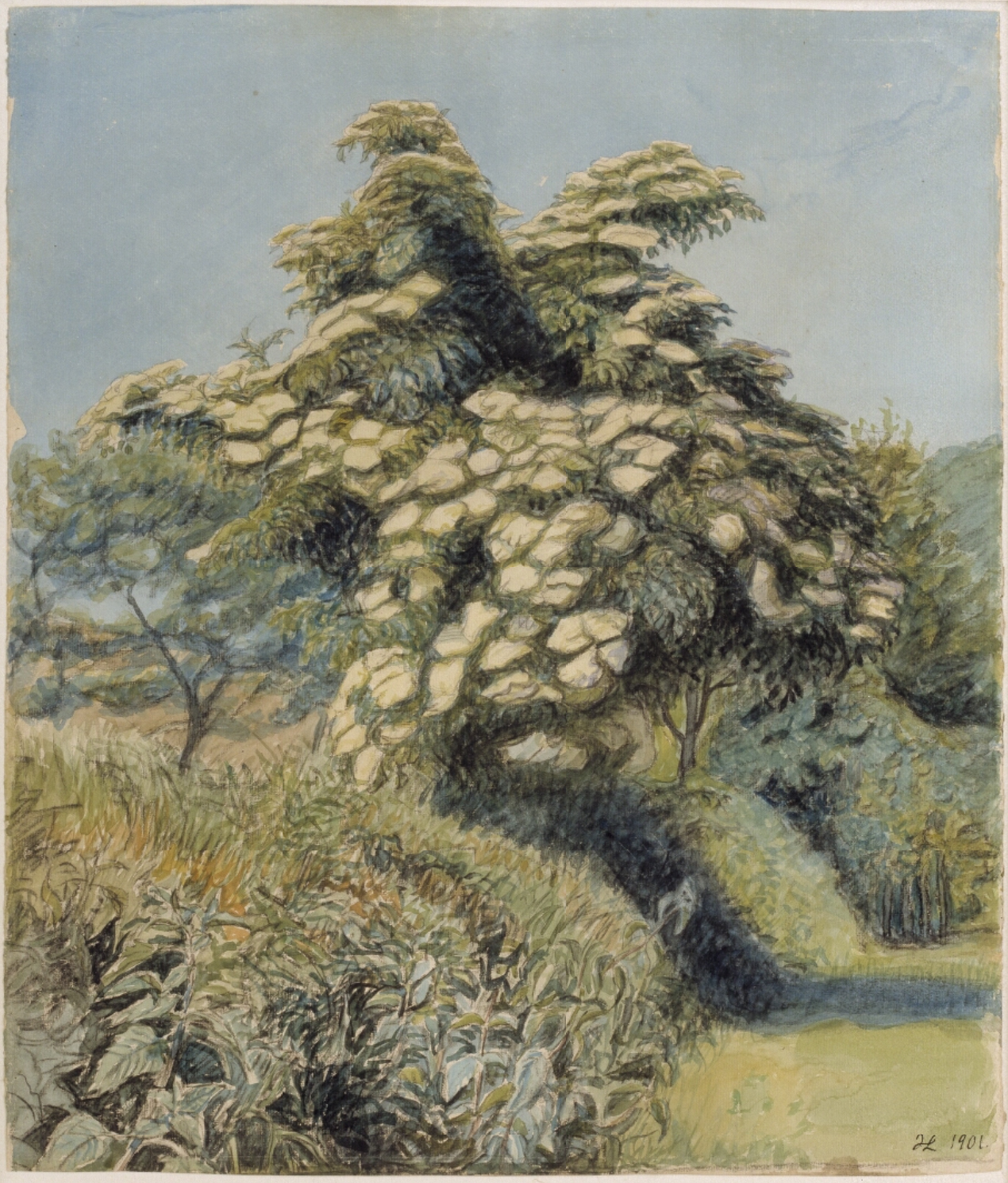
![]()
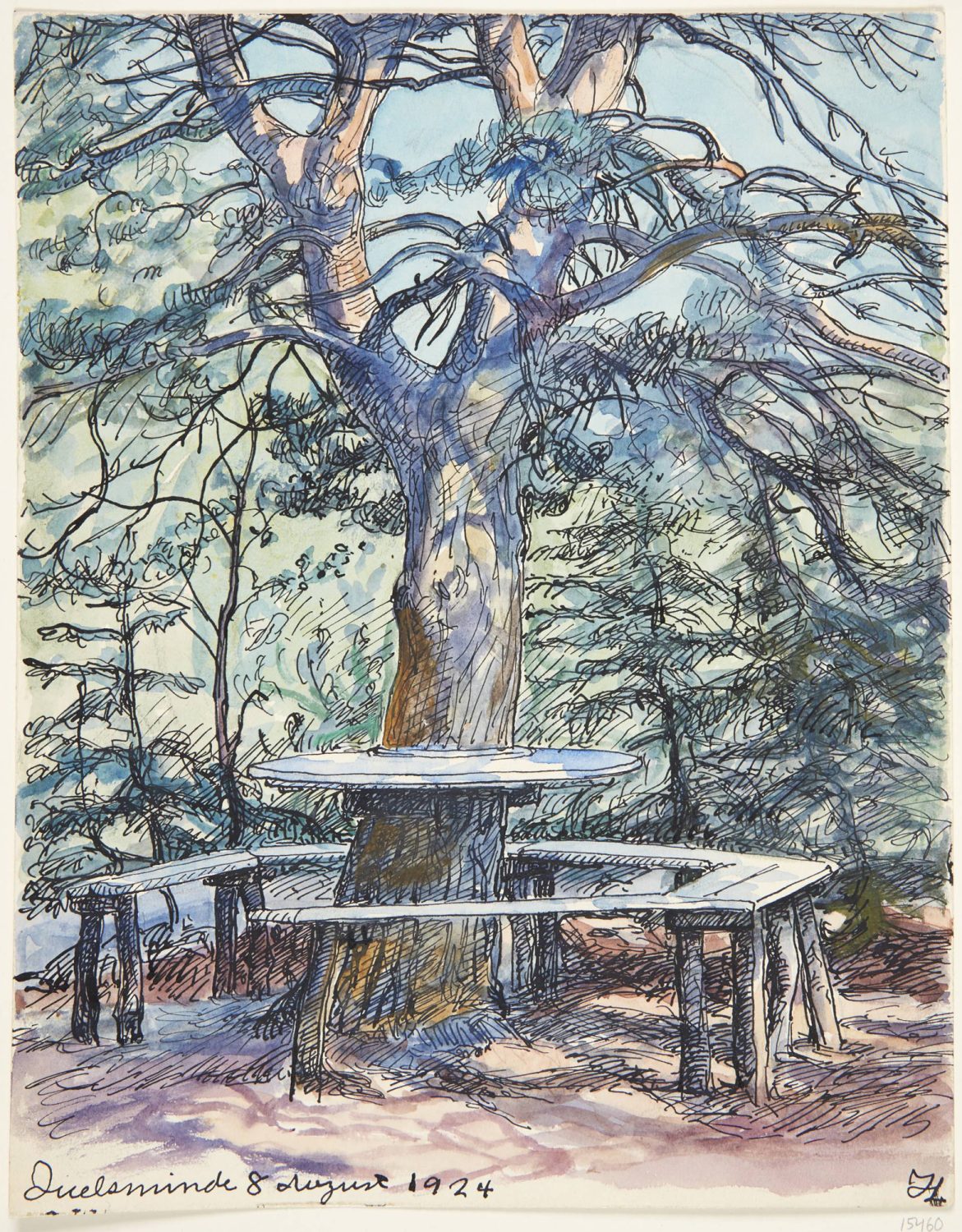
![]()
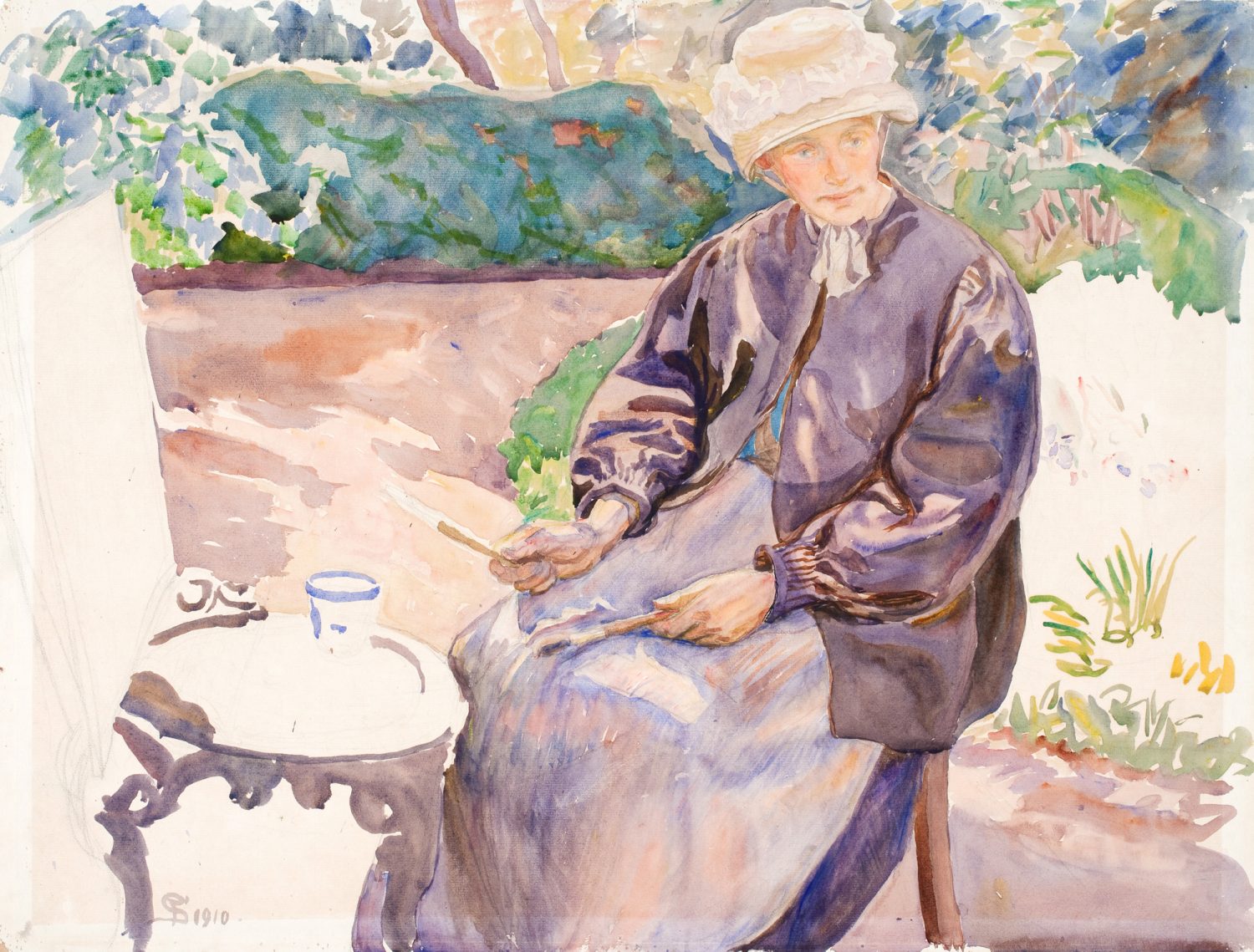
![]()
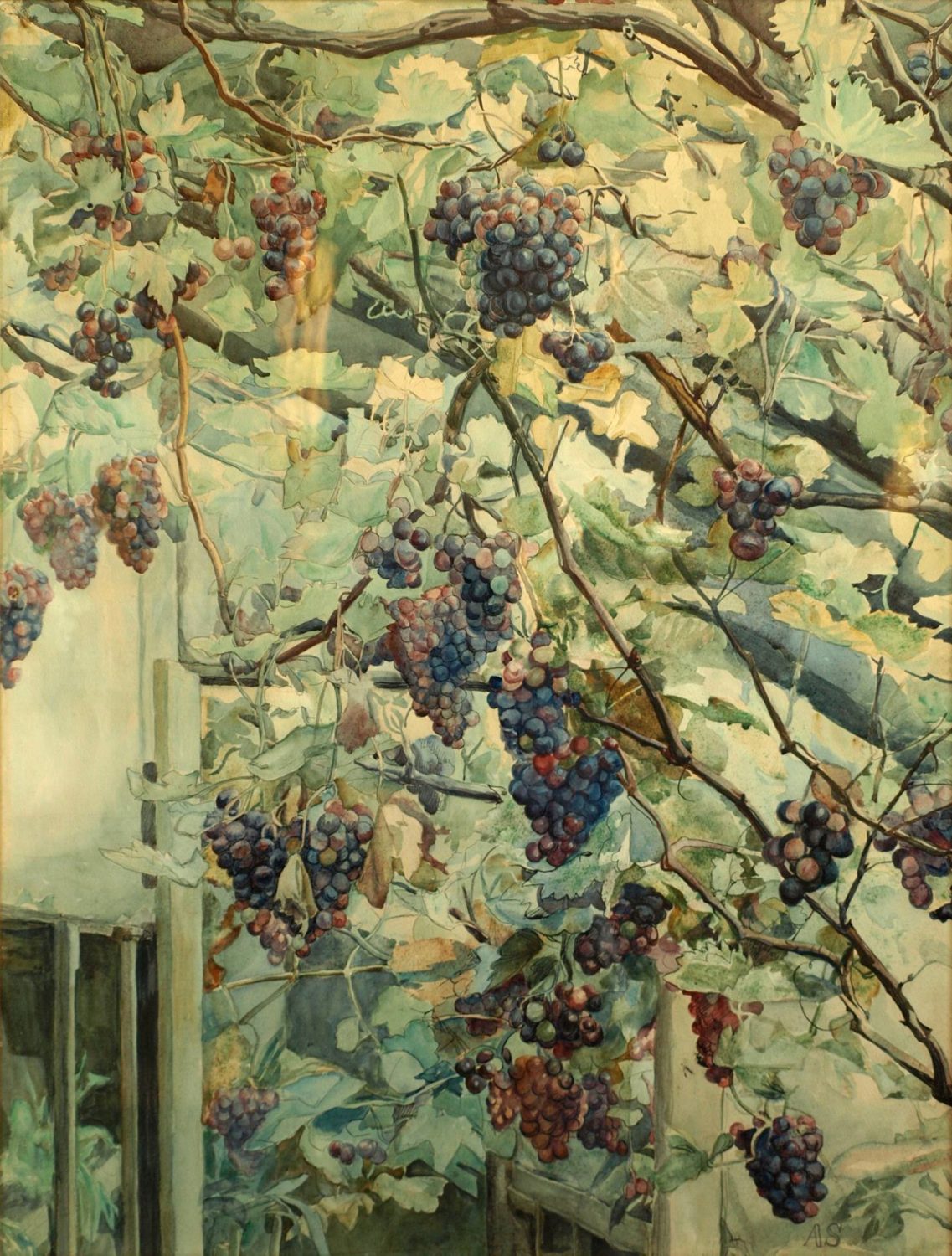
![]()
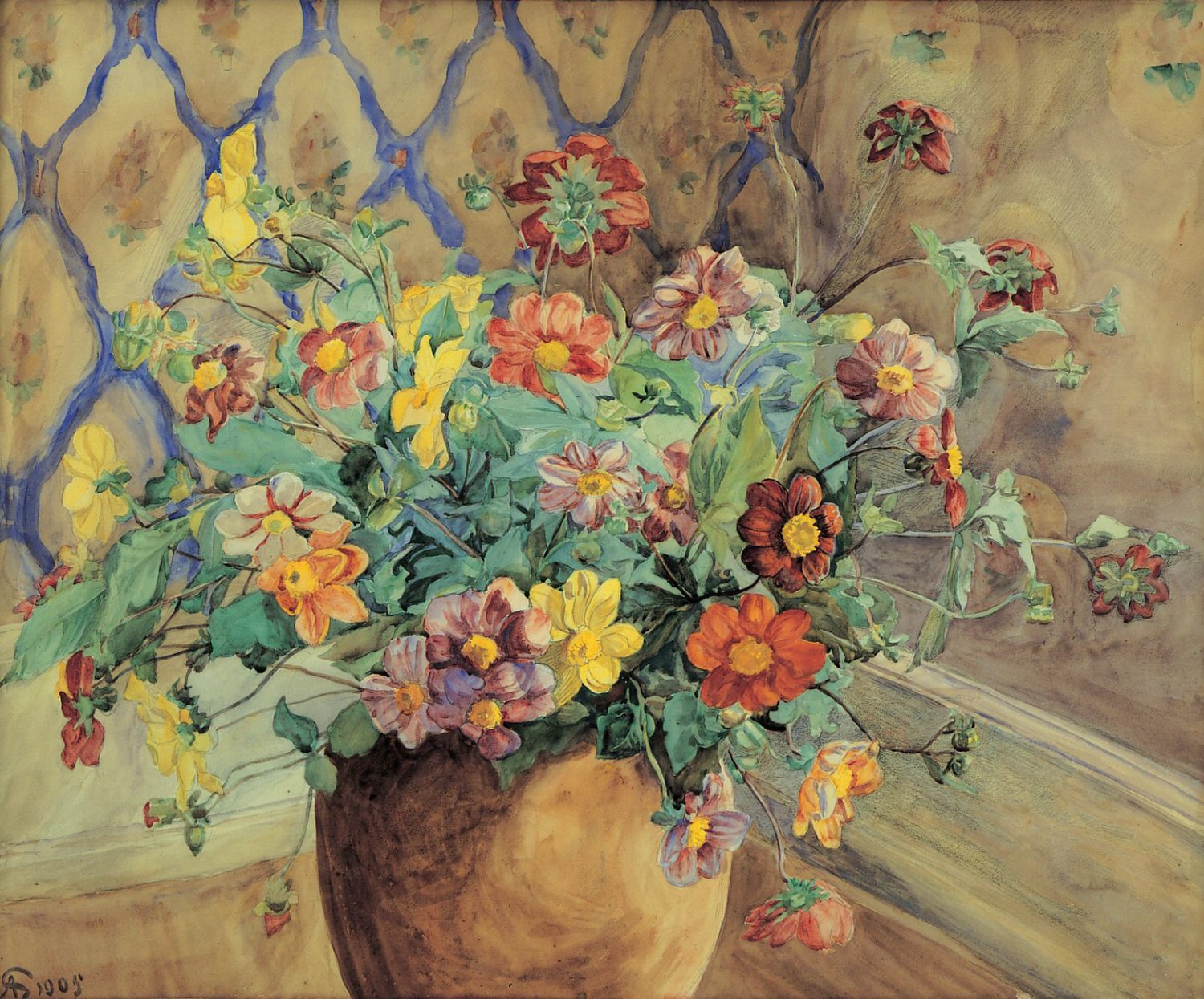
![]()
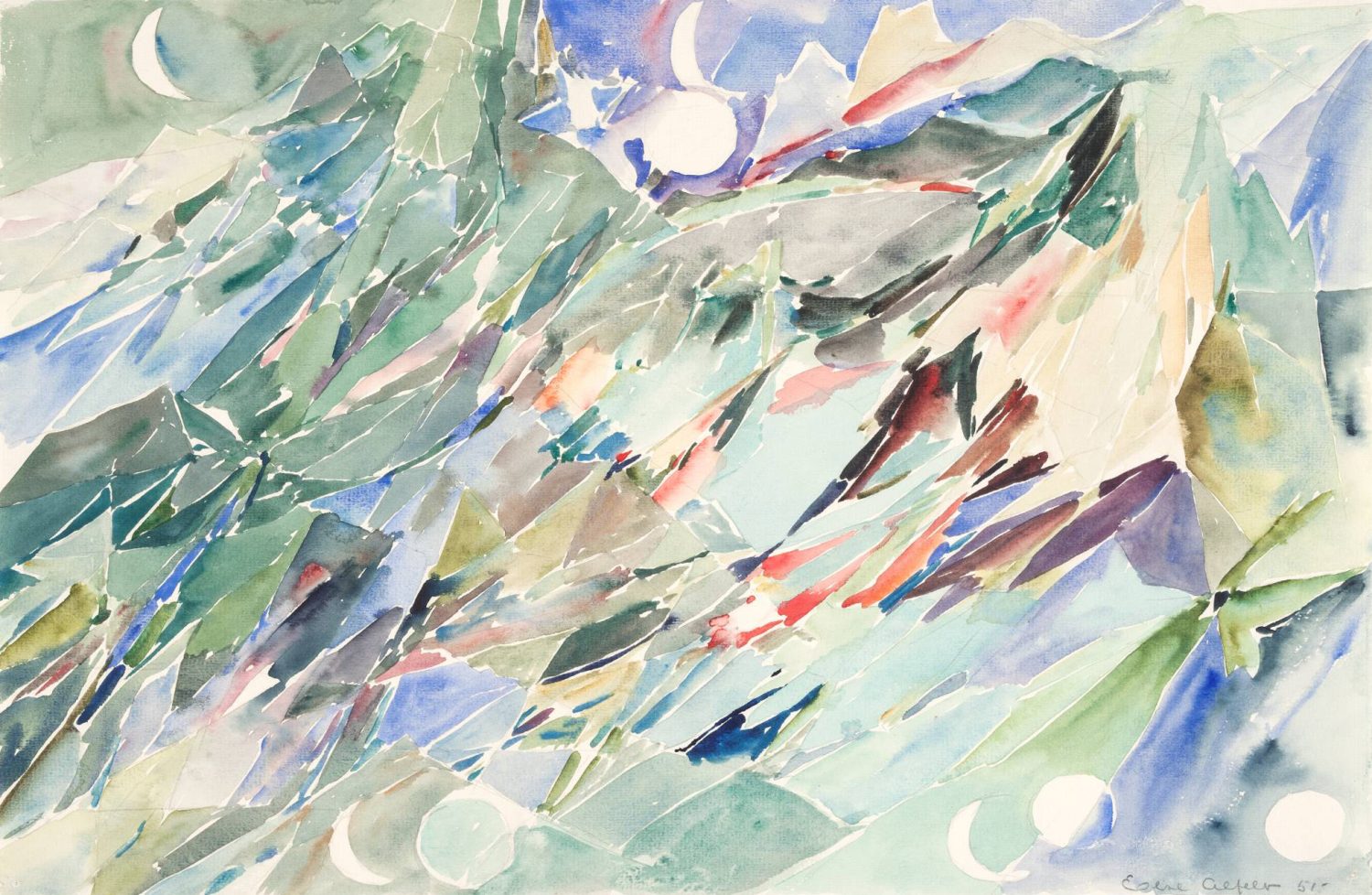
![]()
